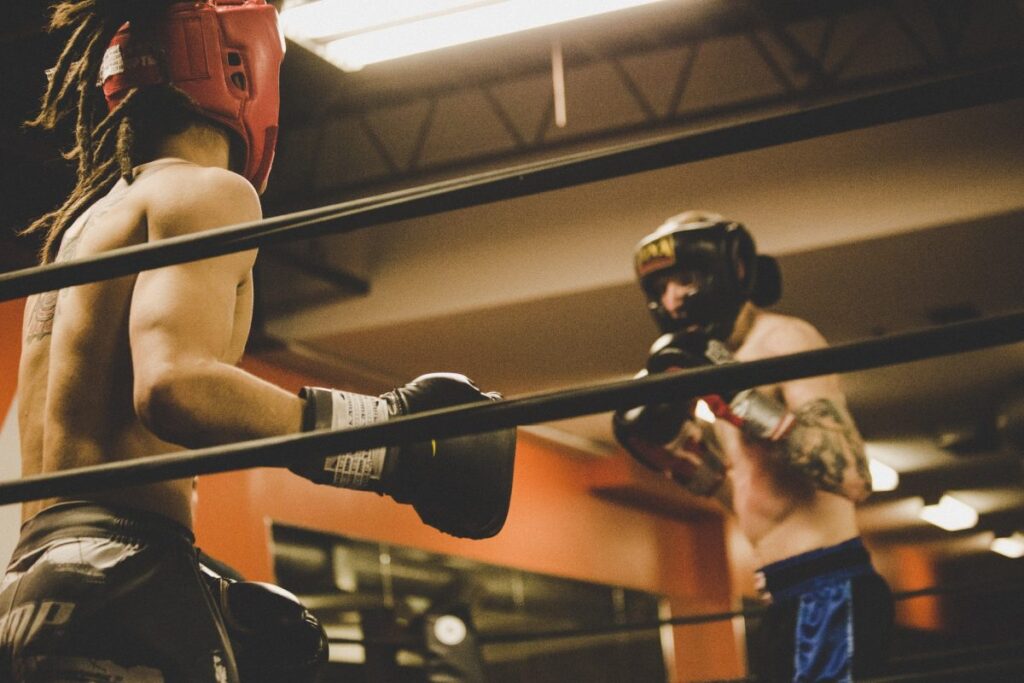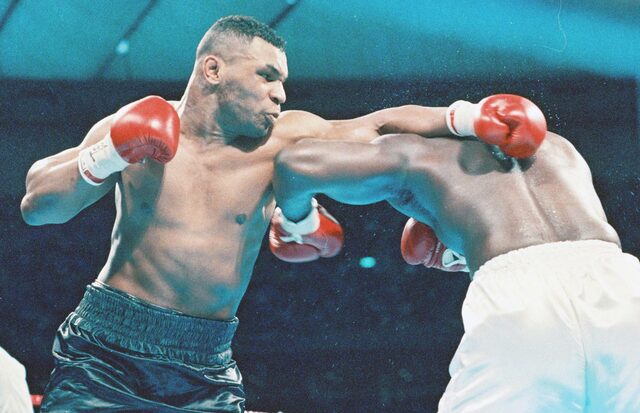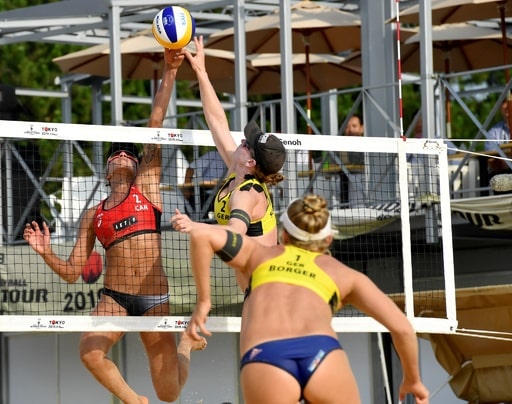
In modern society, self-defense has become an important skill for everyone.
Sudden conflicts and fights can occur unexpectedly, and practical self-defense techniques are needed to prepare for such situations.
In this article, we’ll explore how boxing as a sport can be applied to real-life self-defense and fighting situations.
Boxing is a sport that focuses on defense as well as attack, and its techniques are extremely useful in self-defense scenarios.
The following sections detail the basic differences between boxing and brawling, the importance of boxing posture, and the application of boxing techniques in non-rules brawling.
Armed with this knowledge, you will be better prepared when unexpected situations arise.
目次
- 1 Introduction: What is the difference between boxing and fighting?
- 2 Basic technique: Why boxing punches are useful in fights
- 3 Defense techniques: boxing dodges and guards to survive in fights
- 4 Situational judgment and mindset: When should you use boxing techniques?
- 5 Practical training: Apply boxing techniques to fights and self-defense
- 6 Summary: Utilize boxing techniques for everyday safety
Introduction: What is the difference between boxing and fighting?
At first glance, boxing and fighting are similar but different. Boxing is a sport played under strict rules and requires skill, strategy, and physical strength.
On the other hand, a fight is a sudden conflict that occurs in the real world, where there are no rules, and is often done in self-defense.
Although there are significant differences between the two, boxing techniques can be useful in fights and self-defense situations.
Basic stances in boxing and their application in fights
Proper posture and footwork are fundamental in boxing. This basic position is designed to protect your body while delivering powerful and accurate punches.
In fighting situations, this posture can be an important means of self-defense. The boxing position protects vulnerable areas of the body in the event of an attack, while at the same time allowing you to prepare for a counterattack.
Balanced and stable footwork also helps you react quickly and position yourself properly against unexpected attacks.
The importance of boxing techniques in real fights without rules
In a fight or self-defense situation, there are no rules, so the opponent’s attacks are unpredictable. Boxing techniques work well in these situations because they are based on the body’s natural movements.
Boxing punches and defensive techniques allow for quick decisions and actions, and help in delivering effective blows to or evading an opponent’s attacks in self-defense.
In particular, an accurate jab or a powerful straight shot can deter an attacker and create space for you to defend yourself.
Additionally, knowledge of boxing’s defensive techniques, how to dodge and guard against punches, is also important during fights.
Proper guarding can protect critical areas such as the head and face, allowing you to see opportunities for counterattack.
Applying boxing techniques to fights and self-defense requires not only technique, but also calmness and good judgment.
You should accurately assess the situation, avoid combat if possible, and prioritize safety.
However, if the situation is unavoidable, boxing techniques can be an effective way to protect yourself.

Basic technique: Why boxing punches are useful in fights
Situational judgment and mindset: When should you use boxing techniques?
Practical training: Apply boxing techniques to fights and self-defense
Practical training is essential in applying boxing techniques to real-life fights and self-defense situations.
By incorporating shadow boxing, mitt hitting, and sparring, you can improve your reaction speed and develop your ability to respond under conditions similar to actual combat.
Increase reaction speed with shadow boxing and mitt hitting
-
Shadow Boxing : Shadow boxing is training in which you repeatedly punch and dodge in the absence of an opponent. This training will help you improve your form, improve your punching speed and accuracy, and learn your footwork. By repeatedly attacking and defending against imaginary opponents, you can train your situational judgment ability and reaction speed.
-
Mitt Strike : The trainer or partner holds a mitt and simulates attacks from various angles. Mitt hitting teaches you how to throw punches accurately and the ability to react quickly to your opponent’s attacks. You will also improve your technique for smoothly transitioning from defense to counterattack.
Sparring: Practice similar to actual combat
- Sparring : Sparring is training that simulates real combat and takes place in an environment that most closely resembles real combat. By playing against a partner, you will naturally learn the timing of attacks and defenses, maintaining an appropriate distance, and the ability to judge situations. Sparring allows you to practice and modify your techniques in a controlled environment and is a great way to gain confidence and experience.
The importance of practical training
Shadow boxing, mitt hitting, and sparring lay the foundation for applying boxing techniques to real fights and self-defense situations.
These training methods will improve your reaction time, improve your situational judgment accuracy, and improve your ability to respond in real combat.
Performing these trainings regularly will significantly improve your performance in self-defense and train your ability to deal with real fights and dangerous situations.
Through practical training, you will be able to acquire not only boxing techniques, but also calm judgment and appropriate countermeasures.
These skills are critical to keeping yourself and others safe in self-defense situations.

Summary: Utilize boxing techniques for everyday safety
Learning boxing techniques is not just an enjoyable sport, but can also be an important means of improving your self-defense skills and gaining confidence in your daily life.
To use this technique effectively, you need daily training and the right mindset.
Below, we explore how boxing techniques can be used in everyday safety, along with their importance.
The importance of daily training and mindset
Continuous training is essential to hone your boxing skills.
Training such as shadow boxing, mitt hitting, and sparring not only improve your technique, but also help improve your reaction speed and ability to assess situations.
Through these trainings, you will be able to react calmly and quickly when faced with a real-life fight or self-defense situation.
Also, your mindset is just as important. The confidence that comes from having self-defense skills is the foundation for avoiding unnecessary conflicts and living a safer daily life.
However, it is important to understand that this confidence is not meant to intimidate others, but rather to protect yourself and your loved ones when needed.
What kind of confidence can you gain through boxing?
The confidence you gain through boxing is not limited to your ability to defend yourself.
This confidence helps you overcome your fear of challenges and maintain a positive attitude in your daily life.
It also develops the ability to remain calm and make appropriate decisions even in difficult situations.
Boxing training not only develops physical strength, but also mental strength.
This is a quality that is useful in all aspects of daily life, not just in fights and self-defense situations.
The sense of security that comes from having self-defense skills is the foundation for living a more active and independent life.
conclusion
Learning boxing techniques not only increases your self-defense abilities, but also provides a sense of confidence and security in daily life.
With daily training and the right mindset, you can protect yourself and positively influence those around you.
The physical and mental strength developed through boxing is an important quality to tackle any challenge with a positive attitude.








